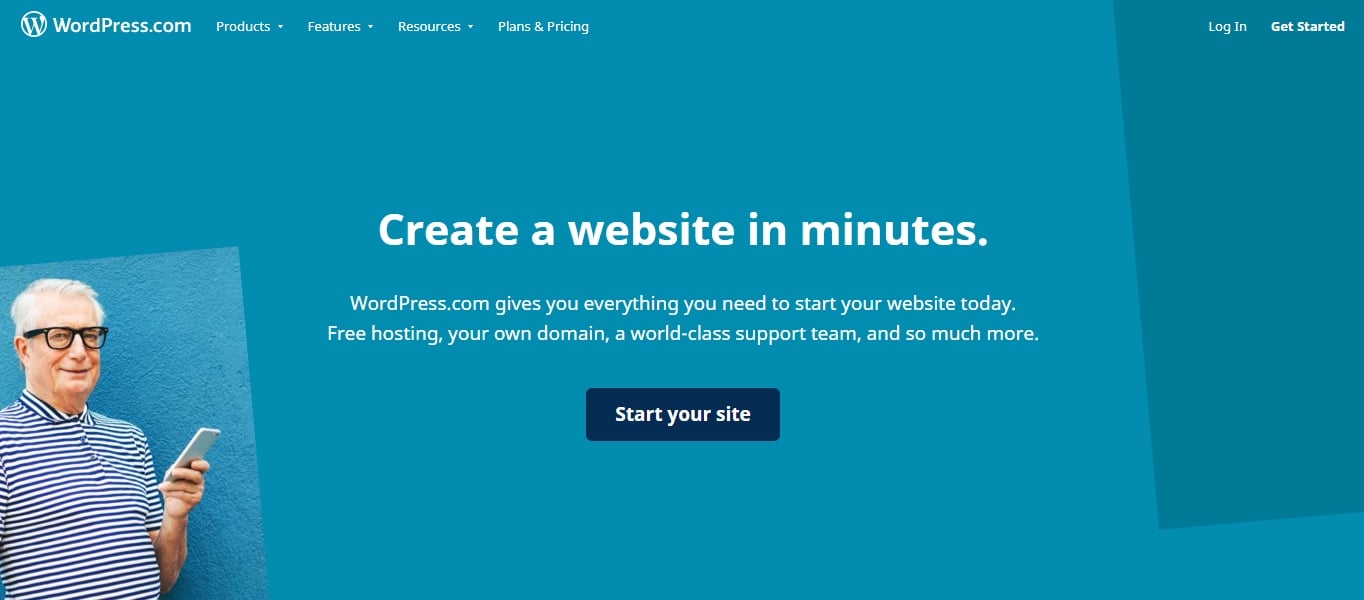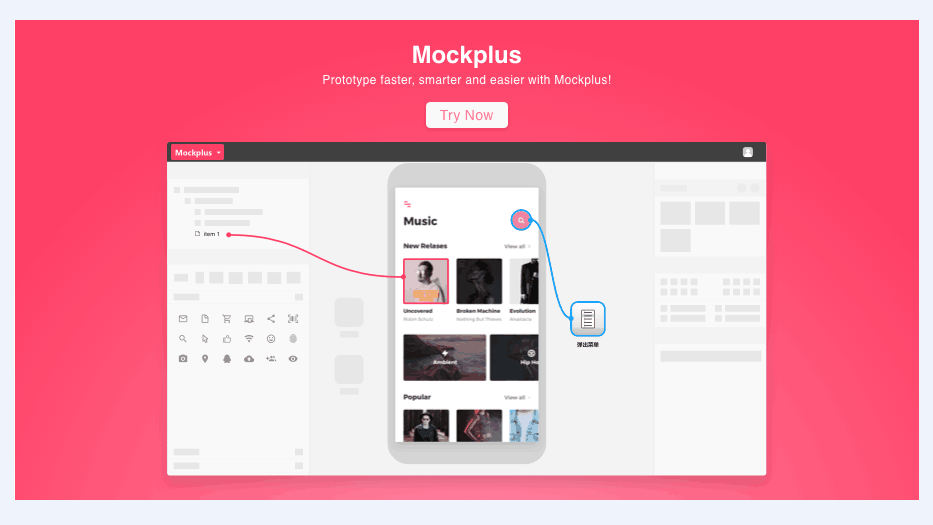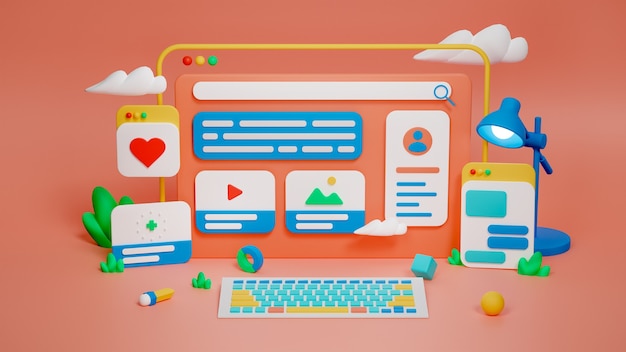


- WEB EDITOR SOFTWARE DEVELOPMENT FULL
- WEB EDITOR SOFTWARE DEVELOPMENT CODE
- WEB EDITOR SOFTWARE DEVELOPMENT FREE
You can access 55,000+ free plugins to extend your site’s features (here are some of the best).Īdvanced users can also use WordPress as a headless CMS with something like Gatsby.  You can find thousands of WordPress themes to control your site’s appearance. Some of the reasons that explain WordPress‘s popularity are: In fact, WordPress, through the WooCommerce extension, is also one of the most popular ways to make an ecommerce store.
You can find thousands of WordPress themes to control your site’s appearance. Some of the reasons that explain WordPress‘s popularity are: In fact, WordPress, through the WooCommerce extension, is also one of the most popular ways to make an ecommerce store. WEB EDITOR SOFTWARE DEVELOPMENT FULL
It started as a blogging platform but has long-since morphed into a full CMS that you can use to build any type of website, from ecommerce stores to membership sites, forums, and more. WordPress is the world’s most popular CMS by far – it powers over 37% of all websites on the Internet. It’s now time to get the list of CMS options, let’s dig deeper: 1. Security – with some CMS tools, you’ll be responsible for your site’s security, while other tools handle it for you.Ĭheck out the 2020 guide to the best #CMS options from marketing websites 📈 to ecommerce stores 🛍 right here ⤵ Click to Tweet 21 Best CMS Software Solutions in 2022.
 Ease of use – if you’re not a developer, you’ll want to pick a tool that’s easy to use without development knowledge. Personalization – for business use cases, choosing a CMS that lets you create personalized visitor experiences can help you improve your marketing and conversion rates. SEO – it’s important that your chosen software gives you the tools to rank in Google and other search engines. Support & customer experience – some tools are open source with no central support options, while others come with 24/7 support – make sure you understand what you’re getting. With others, you might need to purchase the software from the company that creates the CMS. Some are free and open source, but you’ll need to pay to host them. Pricing – every CMS has costs associated with it. When choosing a CMS, here are some of the most important features to consider: The upside of this “headless” approach is that you can use your content pretty much anywhere, from a website to a mobile app and more.Ī headless CMS requires a lot more technical knowledge to implement but gives you more flexibility for how and where you use your content. Then, you can build your own frontend by querying data via an API. With a headless CMS, you’ll use your CMS to manage all of your content on the backend. In the list below, you’ll see another term: headless CMS. Or, it could be multiple types of content at the same time! A good CMS platform can help you manage as many different types of content as you need. You can think of a blogging platform as a CMS for one specific type of content ( blog posts), while a CMS can help you manage virtually any type of content.įor example, the “content” in your CMS could be: For example, if you publish a blog post, the CMS will automatically display it at the top of your blog page and add a timestamp.Ī CMS is more flexible than just a blogging platform, though. Then, when you “publish” that content, the CMS will properly display that piece of content to visitors according to your preferences.Ī CMS also handles organizing everything on the frontend of your site.
Ease of use – if you’re not a developer, you’ll want to pick a tool that’s easy to use without development knowledge. Personalization – for business use cases, choosing a CMS that lets you create personalized visitor experiences can help you improve your marketing and conversion rates. SEO – it’s important that your chosen software gives you the tools to rank in Google and other search engines. Support & customer experience – some tools are open source with no central support options, while others come with 24/7 support – make sure you understand what you’re getting. With others, you might need to purchase the software from the company that creates the CMS. Some are free and open source, but you’ll need to pay to host them. Pricing – every CMS has costs associated with it. When choosing a CMS, here are some of the most important features to consider: The upside of this “headless” approach is that you can use your content pretty much anywhere, from a website to a mobile app and more.Ī headless CMS requires a lot more technical knowledge to implement but gives you more flexibility for how and where you use your content. Then, you can build your own frontend by querying data via an API. With a headless CMS, you’ll use your CMS to manage all of your content on the backend. In the list below, you’ll see another term: headless CMS. Or, it could be multiple types of content at the same time! A good CMS platform can help you manage as many different types of content as you need. You can think of a blogging platform as a CMS for one specific type of content ( blog posts), while a CMS can help you manage virtually any type of content.įor example, the “content” in your CMS could be: For example, if you publish a blog post, the CMS will automatically display it at the top of your blog page and add a timestamp.Ī CMS is more flexible than just a blogging platform, though. Then, when you “publish” that content, the CMS will properly display that piece of content to visitors according to your preferences.Ī CMS also handles organizing everything on the frontend of your site. WEB EDITOR SOFTWARE DEVELOPMENT CODE
Instead of needing to work with code whenever you want to add content to your website, a CMS lets you work in an easy-to-use editor that might look something like this: CMS editor example Before we get to the list, let’s start at the beginning: what is a CMS?Ī content management system does what the name says: it helps you “manage” your website’s content in a “systemized” way.








 0 kommentar(er)
0 kommentar(er)
